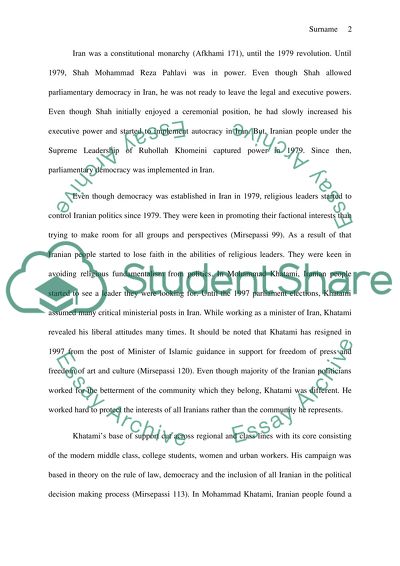Cite this document
(“Khatami Presidency Essay Example | Topics and Well Written Essays - 2250 words”, n.d.)
Retrieved from https://studentshare.org/history/1498933-khatami-presidency
Retrieved from https://studentshare.org/history/1498933-khatami-presidency
(Khatami Presidency Essay Example | Topics and Well Written Essays - 2250 Words)
https://studentshare.org/history/1498933-khatami-presidency.
https://studentshare.org/history/1498933-khatami-presidency.
“Khatami Presidency Essay Example | Topics and Well Written Essays - 2250 Words”, n.d. https://studentshare.org/history/1498933-khatami-presidency.


